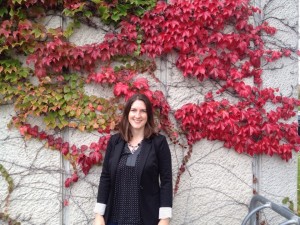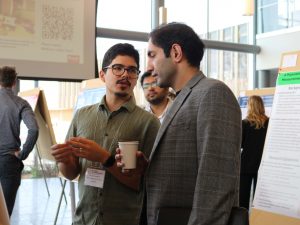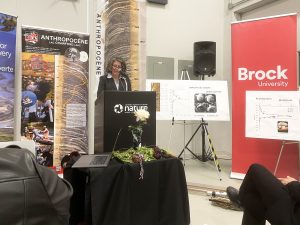In Canada, the recent adoption of tough-on-crime policies has meant that “the everyday,” for an increasing population, is constituted behind bars.
What do prisons sound like, and what is the role of sound in the way prisons are managed, conceptualised, and embodied? Those questions will be discussed by Katie Hemsworth at the upcoming Geography speaker series on Nov. 27 from noon to 2 p.m. in MC C405.
Hemsworth, who recently completed her PhD in Geography at Queen’s University, is a graduate of the MA Geography Program at Brock University. A critical-cultural geographer, her work ties together sound studies, carceral geographies, spatialities of emotion and embodiment, feminist methodologies and historical geographies.
She says prisons are actively shaped by the resonant and leaky properties of sound, altering the stark boundaries typically associated with prison walls. Thinking about sound as a material and affective force, Hemsworth demonstrates how different conceptualisations of sound (re)shape power relations in Canada’s prisons and give new meaning to the term “captive audiences” (Jewkes, 2002).
Alongside the authoritative and often oppressive uses of sound, she also examines the role of sonic experimentation in reclaiming dignity and abating the pains of imprisonment (Sykes, 1958; Crewe, 2011).









